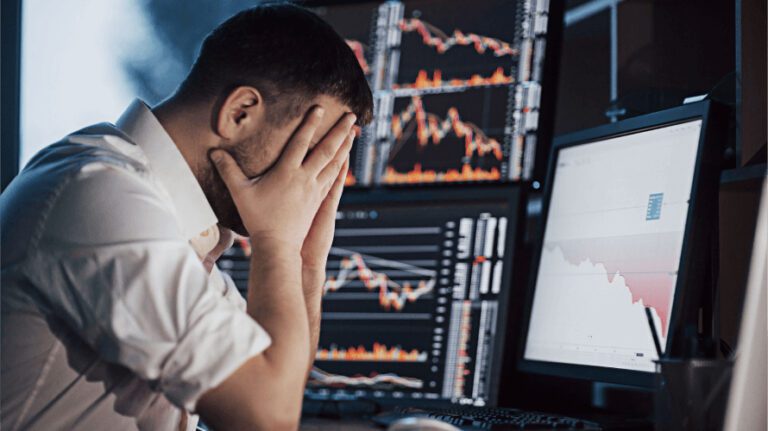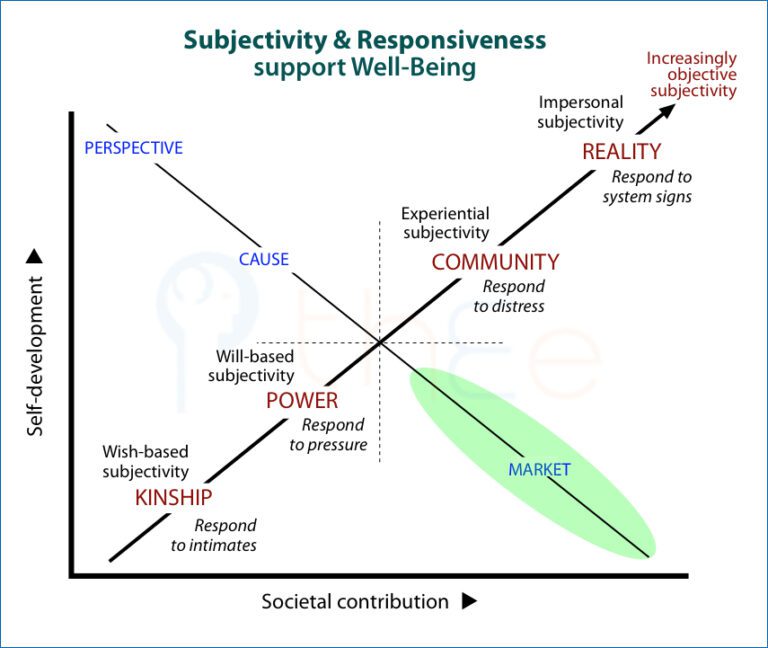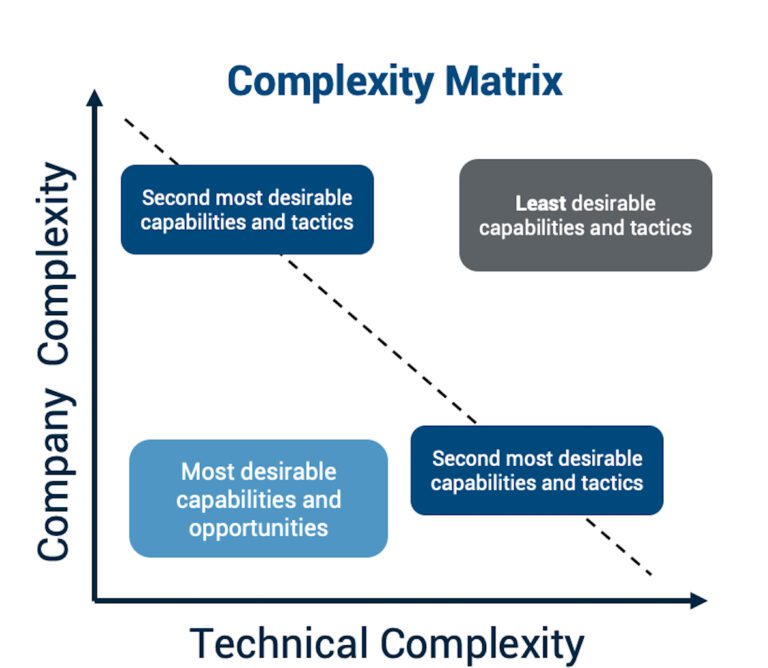- In the dynamic world of Forex trading, selecting the appropriate strategy is paramount to success. With the evolution of technology, traders now have the choice between manual and automated approaches. Each strategy has its merits and drawbacks, catering to different trading styles and preferences. Let's delve into the comparison between manual and automated trading to help traders make informed decisions.
Manual Trading
- Manual trading involves executing trades based on human decision-making, relying on analysis, intuition, and experience to navigate the market. Traders using this approach typically conduct their own research, analyze charts, and interpret economic indicators to make informed trading decisions. While manual trading offers a high level of control and flexibility, it also requires a significant time commitment and emotional discipline.
Pros of Manual Trading
1. Flexibility
- Manual traders have the freedom to adapt their strategies in real-time based on market conditions, news events, and personal preferences.

2. Emotional Control
- By actively engaging with the market, manual traders can develop emotional resilience and discipline, essential qualities for long-term success in Forex trading.

3. Skill Development
- Manual trading fosters the development of analytical skills, market intuition, and decision-making abilities, empowering traders to refine their strategies over time.

Cons of Manual Trading
1. Time-Consuming
- Manual trading demands extensive research, analysis, and monitoring, which can be time-consuming and impractical for traders with busy schedules.

2. Emotional Bias
- Human emotions such as fear, greed, and overconfidence can cloud judgment and lead to impulsive trading decisions, potentially resulting in losses.

3. Subjectivity
- The interpretation of market data and signals can vary among individual traders, leading to subjective biases and inconsistent outcomes.

Automated Trading
- Automated trading, also known as algorithmic trading, involves the use of computer programs or algorithms to execute trades automatically based on predefined criteria. These algorithms can analyze vast amounts of market data at lightning speed and execute trades with precision and efficiency. Automated trading systems can range from simple scripts to sophisticated software powered by artificial intelligence and machine learning algorithms.
Pros of Automated Trading
1. Speed and Efficiency
- Automated trading systems can execute trades in milliseconds, capitalizing on fleeting market opportunities and minimizing latency-related losses.

2. Elimination of Emotional Bias
- By removing human emotions from the trading equation, automated systems can execute trades based solely on objective criteria, reducing the impact of emotional biases.

3. Backtesting and Optimization
- Automated trading allows traders to backtest their strategies using historical data, identify patterns, and optimize performance parameters to enhance profitability.

Cons of Automated Trading
1. Technical Complexity
- Developing and maintaining automated trading systems requires a solid understanding of programming languages, technical analysis, and market dynamics, which may be daunting for novice traders.

2. Over-Reliance on Technology
- Automated trading systems are susceptible to technical glitches, software bugs, and connectivity issues, which can disrupt trading operations and lead to unexpected losses.

3. Lack of Adaptability
- While automated systems excel in executing predefined strategies, they may struggle to adapt to sudden market changes or unanticipated events, requiring human intervention to adjust parameters or deactivate trading.

Key Takeaways
- 1. Tailor Your Approach: The choice between manual and automated trading depends on your preferences, skill level, and trading objectives. Consider experimenting with both approaches to determine which suits you best.
- 2. Embrace Technology Wisely: Automated trading can enhance efficiency and remove emotional biases, but it's essential to understand its limitations and actively monitor your automated systems to ensure optimal performance.
- 3. Continuous Learning: Regardless of the chosen trading strategy, ongoing education, and skill development are key to success in Forex trading. Stay informed about market trends, economic indicators, and evolving trading technologies to stay ahead of the curve.




